7 Hair Raising Facts About The History Of Dentistry
It is no secret that tooth decay is the most worrying pain one can experience. But thanks to the years of collective knowledge that have brought the process of keeping your teeth pain free with possible tools which the patients of earlier times didn’t have.
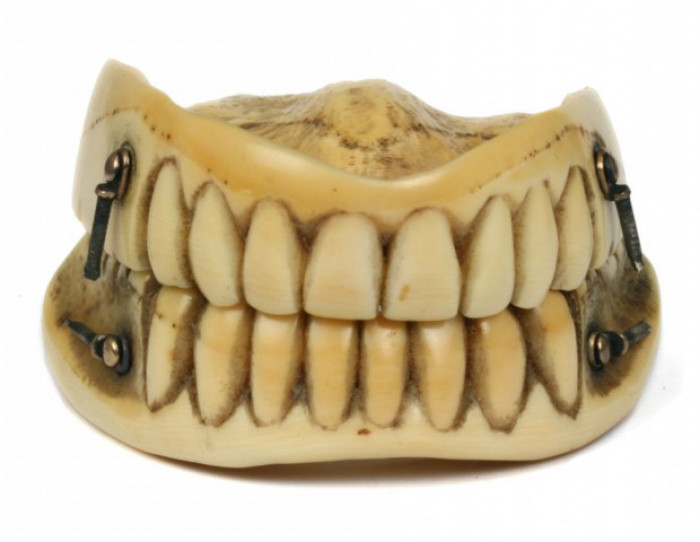
What do you do when you have a toothache or any cavity; obviously you visit a dentist to look through the dental pain. But have you ever thought what people did when there were no dentists? Impacted teeth, sensitive teeth etc are not a modern problem but it has tortured people for hundreds of years. It feels great that now, every dental problem has some tools to make it free from pain.
Imagining back in the early 19-20’s century when dentistry was done by blacksmiths and barbers. While some doctors of the day were available with iron tools to ripped teeth. Below is the factual list of the horrifying history of dentistry. Read on!
1. The First Recorded Dentist – 2660 BC
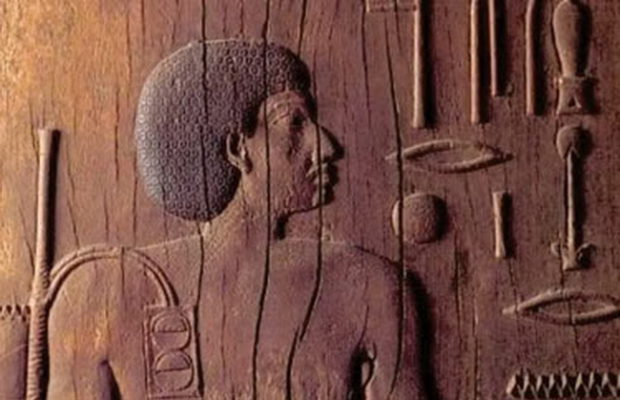
It is a little surprising that when there were a number of physicians existed in early centuries, dentists were hardly observed. The story of dentistry begins with the ancient Egyptians. During earlier times, the diet of Egyptians included cereal foods, grains and unfortunately they didn’t have the materials and utensils to make bread soft and safely as what is noticed today.
It was also very hard for Egyptians to clear sand from food, as a result, it causes several health issues that were not controlled in that time. It then came Hesyre near 2600 BC – a chief physician and a dentist. During those times, the most dental work consisted of the broken tooth, chipped tooth etc. It can be said that the procedures used to fix these problems were safe but very painful.
2. The Bow Drill
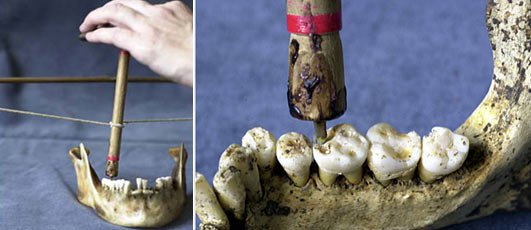
Have you ever wondered how the dentists would drill into someone’s teeth without any modern techniques and tuned instruments? They used an instrument called a bow drill – only a string is tied around a spike or bronze. It is tied in such a way that bow could easily move back and forth and this would cause a spike to spin in the infected area.
It is not easy drilling into someone’s mouth; you could only imagine how it does like drilling in the yesteryears. Luckily alcohol was introduced in early 4000 BC, but even with such hard drink, it was undoubtedly painful.
3. Necessary Tools And Knowledge
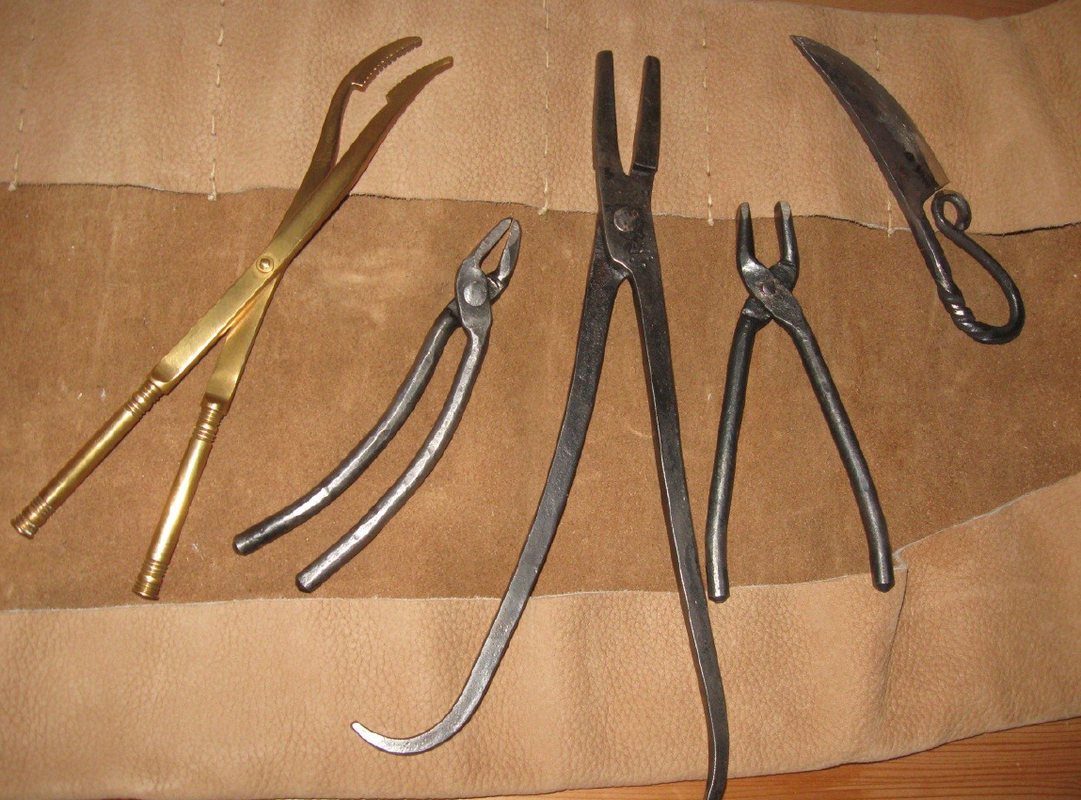
As the year passed, the need for the intricate tools in the society became common. It was like that there were all tools available that were required for a dental surgery including pliers, scalpels etc. By this time the people were acquainted enough with the knowledge and tools necessary to perform surgeries including brain surgery etc.
4. Medieval Dentistry
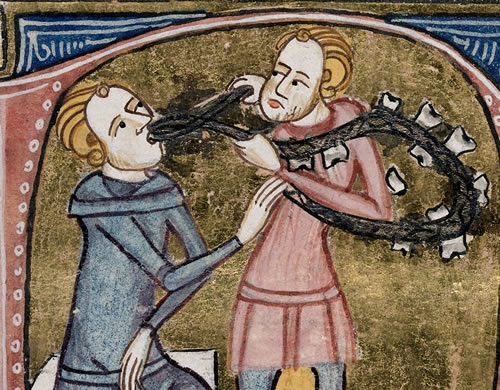
The medieval period in history observed great changes and advancement in the field of dentistry. But one development that attracted everyone was the preventive measures to care for the tooth hygiene. When alcohol and fluoride were used as the options like a mouthwash and toothpaste, medieval Europeans learned cleaning and wiping their teeth with cloths. Moreover, the high cost of sugar also helped people avoiding tooth problems. During this time many preventive dental measures were observed and with great attention, one could keep their dental in good health.
5. The Need of Dentures
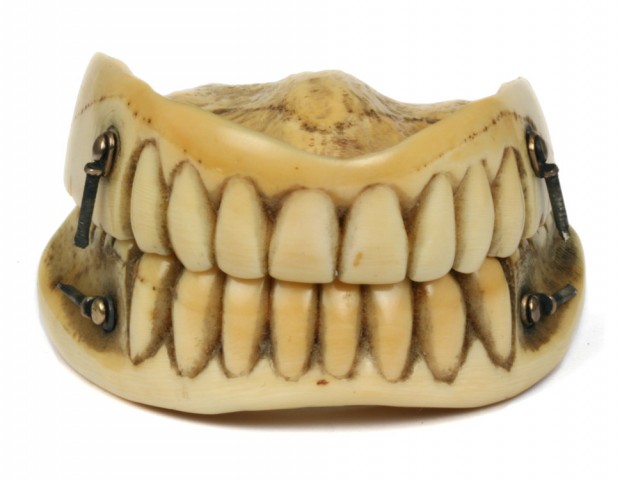
Only the preventive dental care wasn’t enough. Global commerce and world trade manufactured sugars much, such that it remains affordable for people to eat, but still, there were many poor who were plagued by malnutrition and caused bone decay. Though the replacement of single teeth was the staple, full sets of teeth were inevitable in the dental history.
During the 14th and 15th century dentists were like cosmetic surgeons, they were capable of creating bridges and even full denture sets. But how did they do this? They fashion the bones of a cow into the exact existing shape and fuss them into the patient’s mouth that needed dentures. The teeth were fixed with gold wire into the jaws and gums.
6. Replacement of Missing Teeth
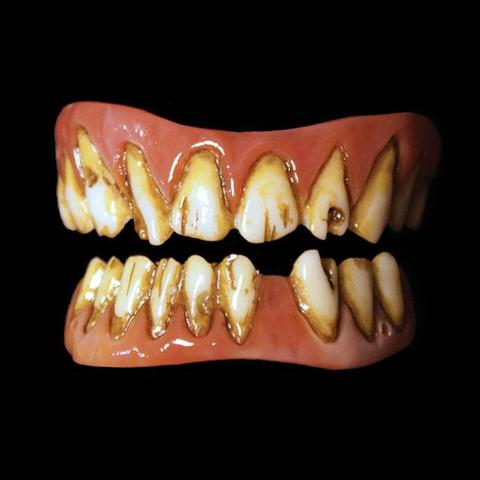
When it comes to getting dentures done, the option of adding a teeth and being pain-free or not adding teeth was no barrier. You won’t believe but fashioning teeth of cow bones was a procedure carried out by experts was not affordable to many. When looking out for extra materials to use as artificial teeth, there was only one solution, i.e. addition of teeth of the dead. Medieval people often took out the teeth of corpses and even sometimes teeth are pulled out from many bodies to match with the existing ones. Can you just imagine cow bones in your mouth – must say, this one is really a horrifying dentistry tale in history. (1.1)
7. Initiation Of Teeth Whitening
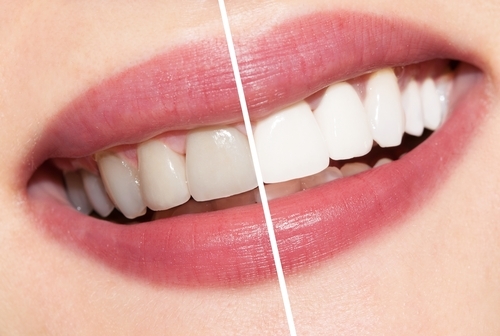
Modern society often believes in outward appearances rather than knowing the inner character. Similarly, medieval cultures were damn obsessed with the whiteness of the teeth, and whiteness was the major part of their hygiene. Many mixtures and inventions were implemented as the part of their daily routine, to keep the teeth gleaming white just as you notice in commercials and dentist office today. De Ornatu Mulierum - a paragraph written by Trotula de Riggerio translates About Women’s Cosmetics states –
A woman should wash her mouth after dinner with wine, wipe with a new cloth. Then chew parsley or fennel as it gives a better smell and cleans gums making the teeth white.
Popular Posts
Top 10 Sharpest & Deadliest Swords In History
In classic mythological movies, books and television, we’ve seen those audacious sword-wielding heroes smiting the enemi...
Augustus Perez
List of Water Deities from Different Mythologies
Water deities are the gods and goddesses who had the powers to control the elements of water and ruled over all the fresh and saltwater of the earth. Here’s a list of water deities from different mythologies.
Rishika Gupta
Winged Lion: The Terrifying Mythical Creature In Different Mythologies
A mythological creature, a winged lion dates back to ancient times. This flying lion-like creature has origins in Heraldry, Christianity, Mesopotamian, and Greek mythologies.
Ethan Stephans








